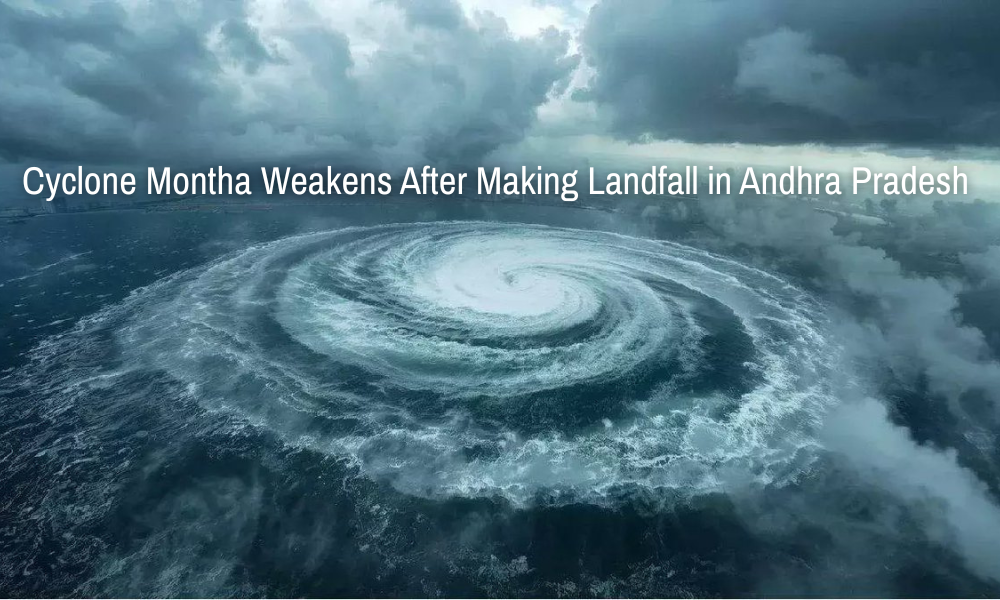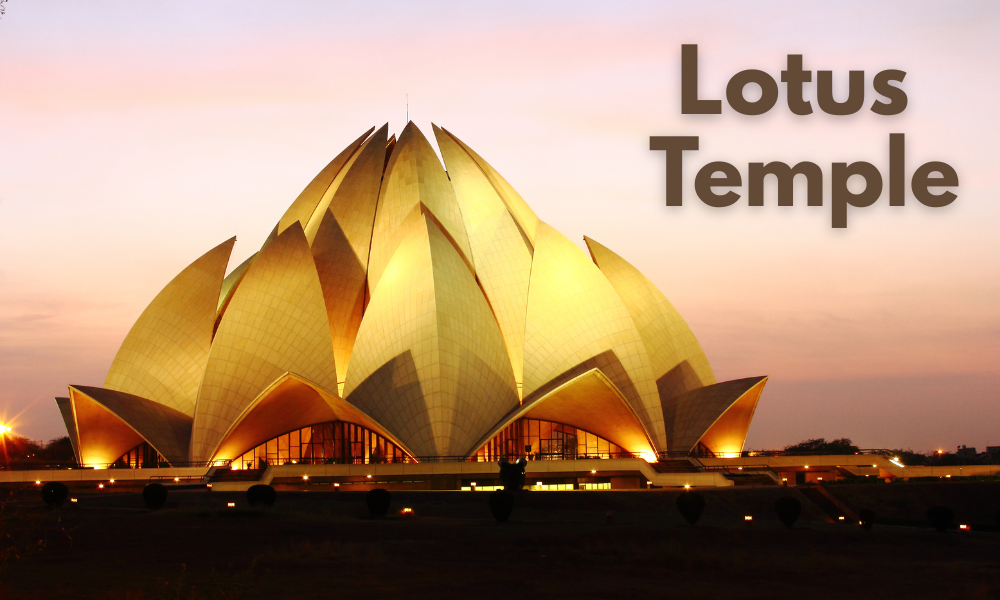Cyclone Montha Weakens After Making Landfall in Andhra Pradesh
Introduction
After days of expectation and expansive monitoring by the India Meteorological Department (IMD), Cyclone Montha eventually made landfall along the Andhra Pradesh seacoast beforehand this week. The severe volcanic storm, which had formed over the Bay of Bengal, struck near Kakinada with strong winds, torrential downfall, and surging swells. still, within hours of making landfall, the cyclone began to lose intensity, gradationally weakening into a deep depression.
Despite its weakening state, Cyclone Montha has left a notable impact on the littoral regions of Andhra Pradesh and bordering countries, dismembering normal life, damaging crops, and causing temporary power and communication outages. Then’s a detailed look at the conformation, impact, response sweats, and the fate of the storm.

Conformation of Cyclone Montha
Cyclone Montha began in the Bay of Bengal, a region known for its volcanic exertion during the post-monsoon season. Meteorologists observed a low- pressure area developing over the southeast Bay around late October, which boosted into a depression and latterly into a volcanic storm as ocean temperatures rose and wind shear conditions came favourable.
The IMD officially named the storm “ Montha, ” following the indigenous cyclone naming system, and began issuing timely cautions and warnings for littoral countries, including Andhra Pradesh, Odisha, and Tamil Nadu. The system moved north-westward, gaining strength before making landfall along the Andhra seacoast.
Landfall and Original Impact
Cyclone Montha made landfall near Kakinada around night, bringing wind pets ranging between 90 – 110 km/ h. The storm caused extracting of trees, snapping of power lines, and minor structural damage in littoral municipalities. The IMD reported that Montha’s core crossed the seacoast steadily, jilting heavy downfall over East Godavari, Visakhapatnam, Srikakulam, and Vizianagaram sections.
Large swells bombarded the bank, leading to seawater intrusion in low- lying areas. Fishers were advised in advance not to venture into the ocean, and littoral townlets were placed on high alert. Around 20,000 people were temporarily dislocated to cyclone harbors as a preventative measure.
still, by morning, the IMD verified that Cyclone Montha had weakened significantly, losing its volcanic characteristics and turning into a deep depression as it moved inland.
Downfall and Flooding
While the cyclone weakened, it brought wide downfall to large corridor of Andhra Pradesh. Several municipalities recorded 150 – 200 mm of downfall within 24 hours, causing waterlogging in civic areas and flash cataracts in pastoral regions. Rivers similar as Godavari and Nagavali saw a rapid-fire rise in water situations.
The heavy rain also extended into southern Odisha and northern Telangana, furnishing relief to some failure- hit regions but also driving localized flooding in low- lying pockets. The Andhra Pradesh Disaster Management Authority (APDMA) reported several cases of roads and islands being submerged, affecting connectivity between pastoral and civic centers.
growers in littoral Andhra reported damage to standing crops like paddy, banana, and sludge, which were nearing crop. The government has formerly initiated assessment brigades to estimate the extent of crop loss and give compensation.
Government and Disaster Response
Authorities had been preparing for Cyclone Montha’s appearance well in advance. The National Disaster Response Force (NDRF) and State Disaster Response Force (SDRF) brigades weeper-positioned in vulnerable sections to handle evacuation, deliverance, and relief operations.
Chief Minister Y.S. Jagan Mohan Reddy reviewed the situation continuously through videotape conferences, icing that control apartments were active round the timepiece. The Andhra Pradesh Electricity Department stationed over 3,000 staff members to restore power force in affected areas within hours of dislocation.
Over 400 relief camps were set up to give food, sanctum, and medical care for expatriates. also, original levies and NGOs banded with quarter administrations to distribute drinking water, dry sections, and essential inventories.

Minimum Casualties, Thanks To Preparedness
Unlike former severe cyclones that caused wide desolation, Cyclone Montha redounded in minimum casualties due to timely warnings and effective collaboration between state and central agencies. The IMD’s accurate cast helped fishers stay off the seacoast and enabled early evacuation of at- threat populations.
The Indian Coast Guard and Navy were on buttress for implicit deliverance operations, and meteorological updates were broadcast regularly across TV, radio, and social media platforms. This visionary approach assured that loss of life was kept to a minimum, pressing India’s growing moxie in disaster operation and early warning systems.
Aftermath and Recovery
In the fate of the cyclone, sweats are underway to restore normality in affected regions. Power force and communication networks have been largely restored in littoral sections. Road- clearing operations were completed within 48 hours of landfall.
The government has blazoned compensation packages for families who suffered property damage and for growers whose crops were affected by the storm. Relief distribution continues in areas where flooding has disintegrated livelihoods.
Environmental experts have emphasized the need to study Cyclone Montha’s gets as part of broader exploration into climate change and its influence on volcanic patterns in the Bay of Bengal. The frequence and intensity of cyclones in the region have shown oscillations, indicating the significance of long- term climate adaptability planning.
Wider Weather Impact
Indeed, as Cyclone Montha weakened into a depression, its remnants continued to bring moderate to heavy downfall across Odisha, Telangana, and Chhattisgarh. The IMD issued advisories advising of possible landslides in hilly regions and flash cataracts in swash basins.
In Telangana, sections similar as Khammam and Warangal recorded steady downfall, furnishing important- required water for budgets. also, southern Odisha endured moderate showers that helped replenish groundwater situations but also led to temporary flooding in corridor of Ganjam and Koraput.
Meteorologists prognosticate that the system will completely dissipate over central India within the coming two days, leaving behind a trail of moderate rains and cooler temperatures.
Assignments from Cyclone Montha
Cyclone Montha serves as another memorial of India’s vulnerability to tropical storms, especially along its eastern bank. still, it also highlights how advanced soothsaying, disaster preparedness, and coordinated response mechanisms can significantly reduce loss of life and damage.
Andhra Pradesh, having faced several cyclones in the once — like Hudhud (2014) and Gulab (2021) — has developed robust structure and exigency response systems. The successful running of Montha demonstrates the effectiveness of these measures.
Moving forward, experts recommend increased focus on mangrove restoration, littoral dikes, and climate- adaptive husbandry to minimize the long- term impact of similar natural disasters.
Conclusion
Cyclone Montha’s decaying after making landfall in Andhra Pradesh brought both relief and reflection. While the storm caused localized damage and heavy rains, the absence of major casualties underscores the progress India has made in disaster operation.
From early soothsaying to timely evacuation and quick recovery sweats, the coordinated response between state authorities, central agencies, and original communities assured that the cyclone’s impact was managed effectively.
As the deep depression now moves inland and dissipates, Andhra Pradesh begins the process of reconditioning, flexible and set for the challenges ahead. Cyclone Montha may have lost its intensity, but it has formerly again reminded us of the need for preparedness, continuity, and respect for the forces of nature.
About the Author
Passionate about storytelling, Hemangi turns facts into compelling, easy-to-read articles.













